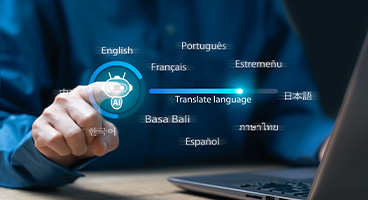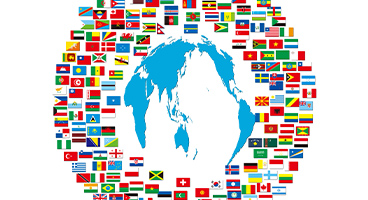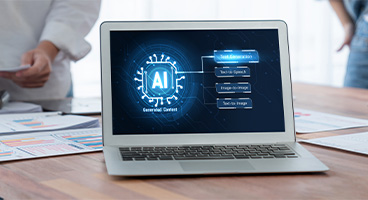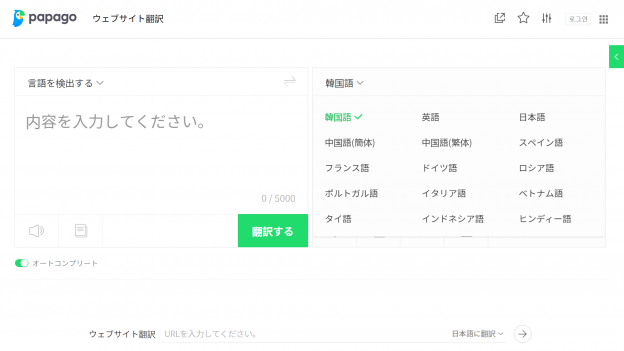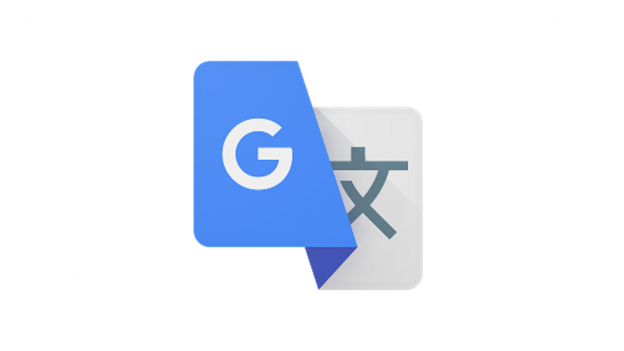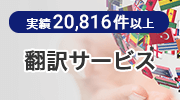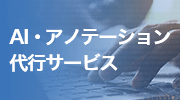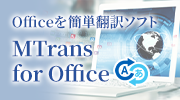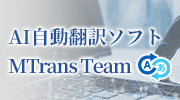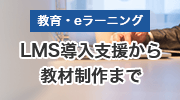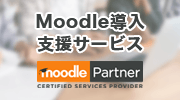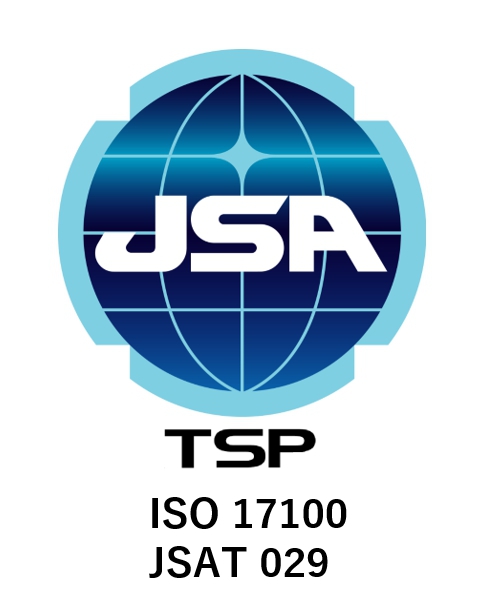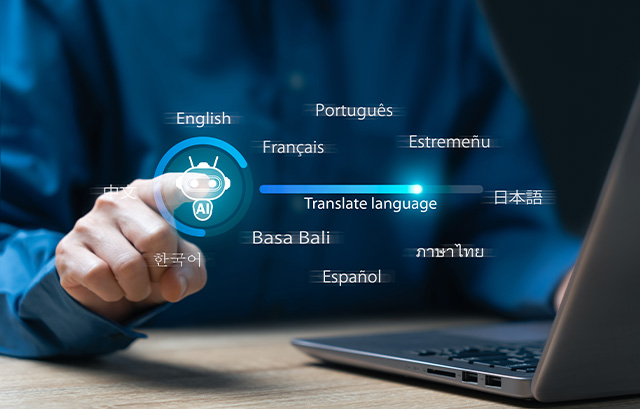
- Table of Contents
Introduction
In today's business environment, where globalization is accelerating, the importance of translation services is increasing year by year. However, traditional translation processes face many challenges in terms of time, cost, and quality, making their resolution urgent. This article will provide a detailed explanation of the DX (Digital Transformation) of translation services, including its overview, challenges, and solutions. Additionally, it will touch on the necessity of translation DX in global business and the benefits of utilizing machine translation tools, presenting specific measures towards achieving efficient translation services.
1. What is DX in Translation Services?
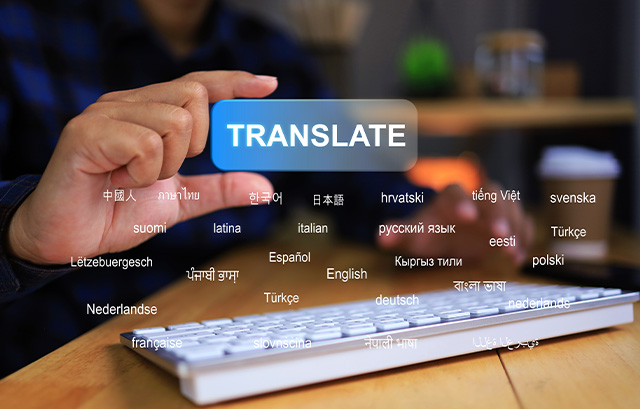
What is DX?
DX (Digital Transformation) refers to the innovation of products, services, and business models that meet the needs of customers and society by leveraging data and digital technologies. The essence of DX goes beyond mere technology adoption; it signifies a transformation of the business itself, as well as the organization, processes, and even corporate culture and climate. This enables companies to establish a competitive advantage and achieve sustainable growth.
What is DX in Translation Services?
Regarding the DX of translation services, it is necessary to transform the entire business, not just digitalization or automation. One of the challenges many companies face is the issue of translation taking too much time. The traditional translation process requires a lot of time for document handover and verification, and especially in today's fast-paced global business environment, this slow speed poses a significant barrier. Additionally, when considering the arrangement of translators and proofreading tasks, it is not uncommon for the completion of a single document to take longer than expected.
There are also challenges regarding quality. Although the accuracy of machine translation is improving, there are still issues in appropriately reflecting specialized terminology, industry-specific expressions, and cultural differences. Additionally, variations in the experience and expertise of translators can lead to inconsistencies in quality, and to maintain a certain level of quality, it is necessary to allocate resources for post-editing and review work.
Translation costs can be a significant burden for many companies. Various costs arise, including fees for hiring professional translators, labor costs for review work, and licensing fees for translation support tools. Especially when seeking high-quality translations, costs tend to increase accordingly, posing challenges in budget management.
The quality of the original document that serves as the basis for translation is a crucial factor that directly affects the quality of the translation. Ambiguous expressions, redundant sentences, and the use of inappropriate terminology can complicate the translation process, leading to increased time and costs, as well as a decline in quality. This issue can be seen as a challenge that needs to be addressed from the document creation stage prior to the translation process.
To address these challenges, it is important not only to introduce translation tools but also to review the entire process from document creation to final checks and build an efficient workflow. Additionally, by appropriately combining the introduction of new translation technologies utilizing AI and machine learning with human expertise, we can achieve a more effective digital transformation of translation services.
2. Solutions to Challenges through Translation DX

Reduction of Translation Time through Tool Utilization
By utilizing translation support tools and translation management systems, translation work can be streamlined, leading to a reduction in translation time.
Translation support tools (CAT tools) are designed to assist translators and reviewers, improving the efficiency and quality of translation work. Key features include translation memory, machine translation, glossaries, and quality checks, which can help reduce work time and enhance quality through terminology consistency. While implementing CAT tools incurs costs, these can be recouped by utilizing machine translation or reusing previously translated texts. When large volumes of document translation are required, implementing CAT tools can lead to a reduction in labor hours by 10% to 90% and an improvement in quality.
The translation management system is a tool designed to streamline the management tasks of translation projects. It primarily supports the work of project managers, optimizing tasks such as file conversion, translation memory management, schedule creation, and assignment of personnel. Notable products include Phrase and Trados GroupShare. The main benefits of this system are the centralization of information, automation of processes, and enhanced confidentiality. It manages data in the cloud, visualizes work progress, and minimizes lead time through automatic notification features. Additionally, access control features reduce the risk of information leakage.
What Are CAT Tools? Introducing the Benefits and Drawbacks
What is a Translation Management System (TMS)?
Establishing quality standards with clear objectives and target audience for translated materials
When setting quality standards for translations, it is important to first clarify the purpose of the manuals or translated texts. Consider whether the intended users are native or non-native English speakers, whether they are technicians or general users, whether the material will be read overseas or distributed within Japan, whether the medium is a website, catalog, or manual, and clarify the priorities regarding cost, schedule, and quality. By taking these factors into account, it is possible to define specific quality standards such as "as long as there are no mistranslations, it's fine for internal documents" or "for home appliance manuals, preventing mistranslations and ensuring consistency in expressions is absolutely necessary." Through this process, it becomes possible to establish appropriate quality standards tailored to the purpose and audience of the translations.
[Related Links]
Find by Issues: Poor Quality and Many Complaints!
Cost reduction through machine translation (MT)
By implementing machine translation, it is possible to reduce the costs associated with translation work. In particular, when there is a need to quickly translate a large volume of content, not only can costs be reduced, but the translation period can also be shortened, which is a significant advantage. Additionally, by utilizing the glossary function, the translation of proper nouns and technical terms can be kept consistent, which can also lead to an improvement in translation quality.
However, while the accuracy of machine translation has improved, there may still be mistranslations and unnatural expressions. Therefore, it is important to establish an appropriate translation flow and process according to the required quality standards. For example, if speed is the top priority, one approach could be to use only machine translation, utilizing glossary features and automatic post-editing functions to maintain a minimum level of quality before publication. Subsequently, for pages with high traffic, manual review and corrections can be performed, and the pages can be updated to enhance quality.
On the other hand, higher accuracy and natural expression are required for important documents. In such cases, we improve the translation by performing human post-editing in addition to machine translation. This ensures that important information is conveyed accurately and appropriately, allowing us to provide reliable translation results while keeping costs down. When introducing machine translation, it is important to consider flexible operational methods based on the purpose and quality standards, and to build an optimal translation process.
[Related Links]
Find by Issue: Translation Costs are Too High!
Prior Japanese Document Brush-Up
When translating from Japanese to English, it is extremely important to refine the Japanese document before translation for multilingual deployment. There may be cases where the subject is unclear in the Japanese document, or where terminology and expressions are not consistent. If these issues are left unresolved in the Japanese manuscript during translation, it can lead to mistranslations and a decline in quality, and in the worst case, incorrect operating procedures may be documented, resulting in accidents or loss of trust.
By pre-refining Japanese documents, you can mitigate these risks and improve translation quality. Furthermore, when using CAT tools, standardizing terminology and expressions increases the reuse rate of translation memory, leading to reduced translation costs. Additionally, providing clear manuals reduces inquiries to the help desk, contributing to a lighter workload for support staff and cost savings.
Related Links
Find by Issues: Many Problems Are Caused by Japanese Manuals!
3. Promoting DX with Machine Translation - Tips for Streamlining Global Business
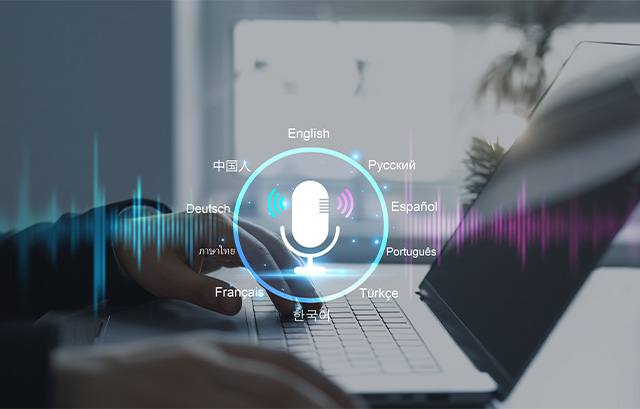
Translation Scene in Global Business
In global business, translation has become an essential element. One particularly important translation scene is the standardization of information with overseas bases. By properly translating documents such as business manuals and internal regulations, consistent operations across the entire global organization can be achieved. Additionally, in business development with overseas clients, the translation of promotional materials and marketing content plays a crucial role in facilitating effective communication. Furthermore, with the increasing number of foreign employees within companies in recent years, the translation of various materials and announcements is indispensable for smooth communication. By appropriately addressing these translation scenarios, effective information transmission that leads to the success of global business can be realized.
The Necessity of Translation DX in Global Business
In global business, the digital transformation of translation has become an essential element. In today's world, where international competition is intensifying, the speed of information sharing is a crucial factor that influences a company's competitiveness, and the need to facilitate communication both internally and externally, including overseas bases, is increasing. However, traditional translation processes often require significant time and cost, making it difficult to meet the demands of business speed. As an optimal solution to this challenge, the use of machine translation tools is gaining attention. By actively promoting translation digital transformation, it is possible to achieve time savings and cost reductions while simultaneously improving translation quality. This allows for the efficient overcoming of language barriers in global business.
4. Benefits of Using Machine Translation Tools in Promoting DX
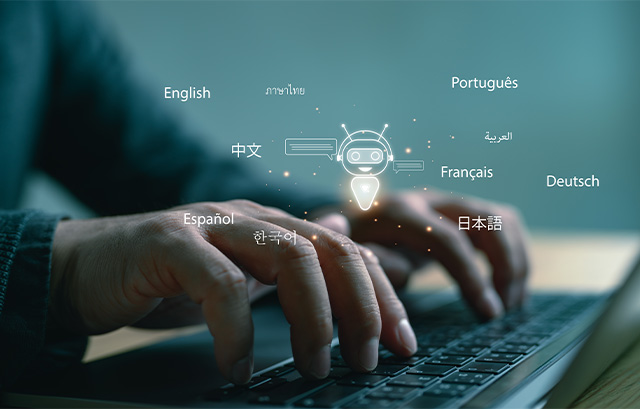
Cost reduction and time savings through translation automation
By automating translation, it is possible to reduce outsourcing costs to traditional translators and personnel costs for in-house translators by 10 to 90%. The introduction of an instant translation system allows tasks that used to take hours to be completed in just a few minutes, enabling simultaneous processing of large volumes of documents. It can operate 24/7, allowing translation work to be carried out regardless of time zones. Additionally, by reallocating personnel freed from translation tasks to other important operations, optimization of resource allocation can be achieved. Furthermore, it can respond immediately to sudden translation needs, and by reducing management workload and adjustment tasks, indirect costs can also be kept in check.
Improve translation accuracy
Machine translation is continuously improving in accuracy through AI and machine learning. By utilizing neural machine translation (NMT) and large language models (LLM), it is now possible to generate more natural translations. Since machine translation engines are provided in the cloud, performance improvements are immediately reflected in the machine translation services, making them usable in business. Additionally, by using multiple machine translation engines simultaneously, you can compare the translations from each engine and select the most accurate one.
Maintain consistency in quality
Machine translation can consistently provide a certain level of quality. Additionally, by utilizing glossary features and automatic post-editing functions, consistent translations can be ensured. Integration with company-specific glossaries and the automatic application of style guides enable the standardization of quality. Furthermore, proofreading functions utilizing generative AI allow for reliable quality management.
Multilingual Support
DeepL currently covers 33 languages, while Google and Microsoft's translation services cover over 130 languages each, meeting a wider range of translation needs between languages. Additionally, with the advent of ChatGPT/OpenAI, it has become possible to customize translations according to regional characteristics. For example, even within the same language, it is possible to appropriately reflect different expressions and terms based on the country or region. This allows for the use of appropriate expressions and idioms within the target cultural sphere, resulting in more natural and culturally appropriate translation outcomes.
5. Summary
The DX of translation services goes beyond mere digitization and automation; it is an initiative to optimize the entire business process, improving efficiency and quality. By combining various approaches such as the use of machine translation tools, the introduction of translation management systems, clarification of quality standards, and refinement of source texts, it is possible to address challenges such as time reduction, cost savings, and quality enhancement. In today's world, where global business has become the norm, promoting translation DX has become a crucial factor that influences a company's competitiveness. Selecting the optimal methods according to each company's situation and objectives, and realizing effective translation DX, will be the key to future business success.
Human Science provides the automatic translation software "MTrans for Office," which utilizes translation engines from DeepL, Google, Microsoft, and OpenAI as part of its efforts to promote DX. OpenAI can not only translate but also generate, rewrite, and proofread text depending on the prompts, supporting business efficiency and multilingual support. MTrans for Office also offers a 14-day free trial. Please feel free to contact us.
Features of MTrans for Office
- ① No limit on the number of files that can be translated or on the glossary, with a flat-rate system
- ② Translate with one click from Office products!
- 3. API connection ensures security
- For customers who want further enhancement, we also offer SSO, IP restrictions, and more. - ④ Support in Japanese by Japanese companies
・Response to security check sheets is also possible
・Payment via bank transfer is available
MTrans for Office is an easy-to-use translation software for Office.

